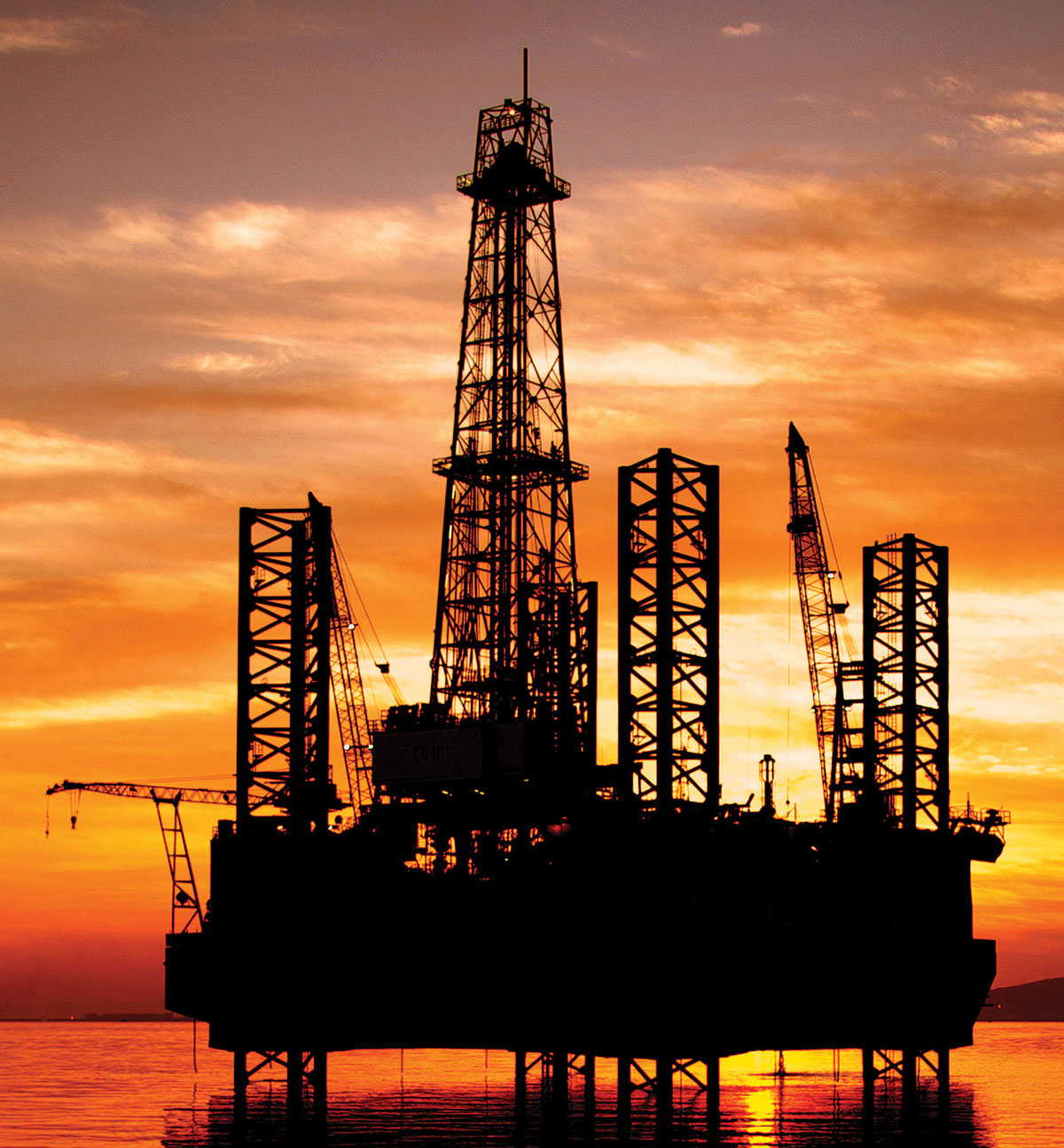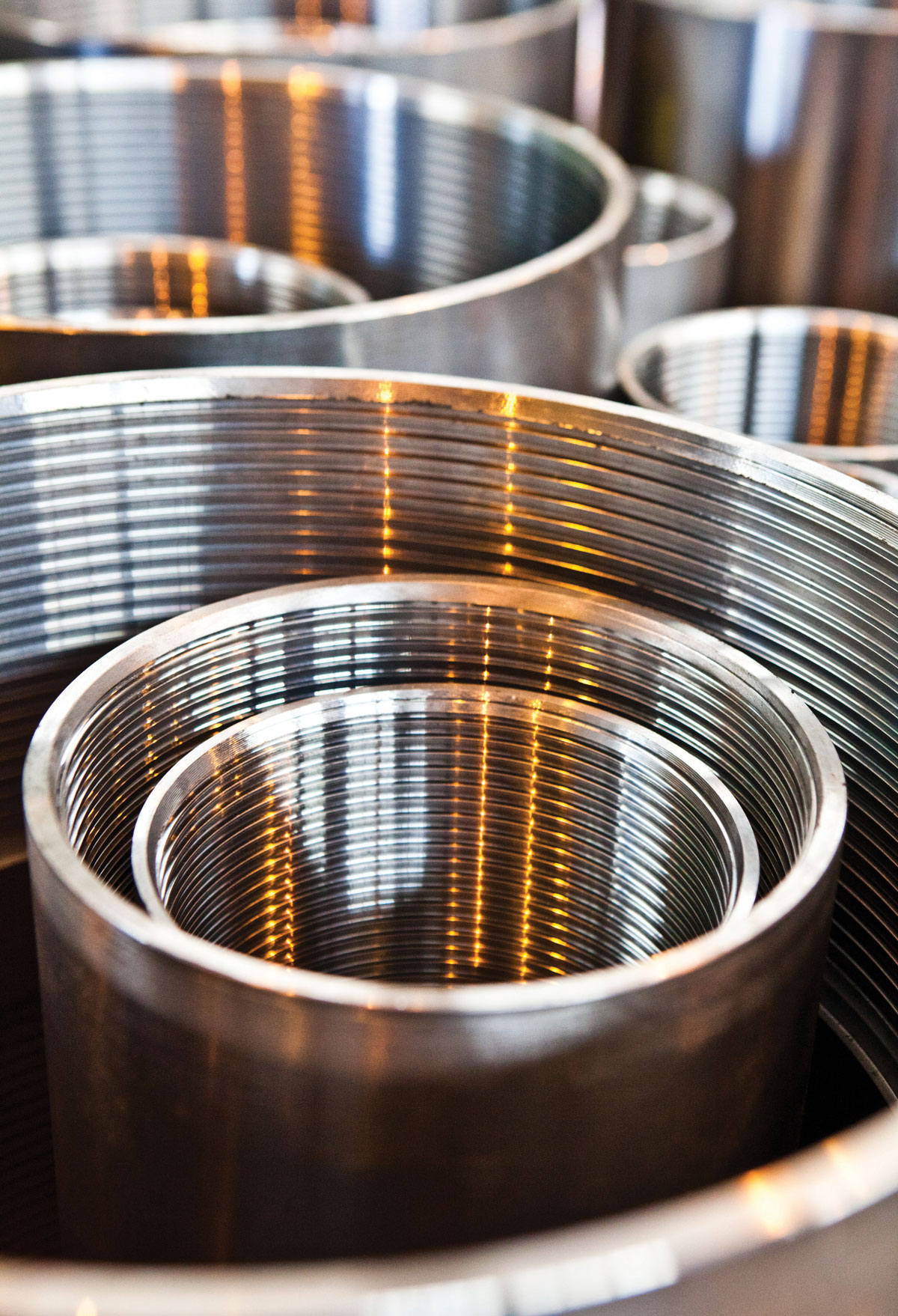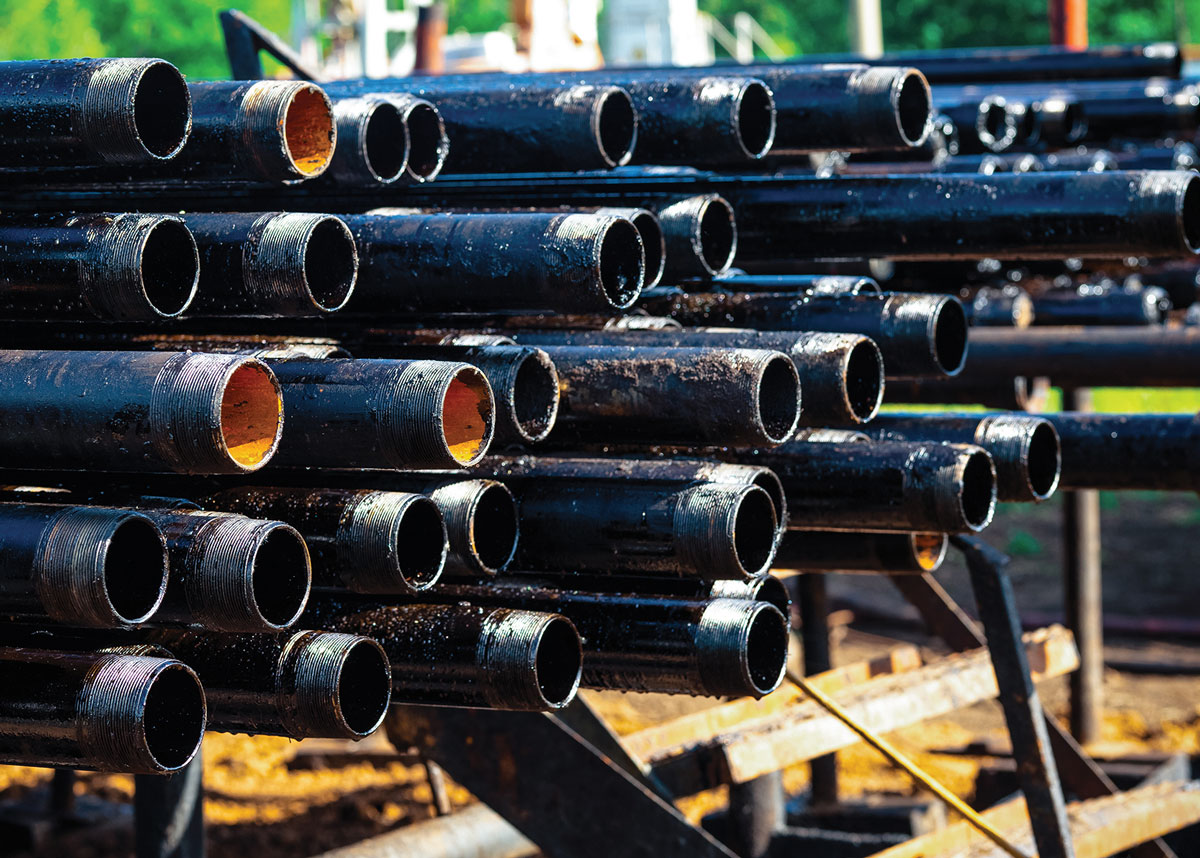
lthough the recovery for the oil and gas industry has been a bit muted, oil posted its biggest annual advance since 2009 at the end of 2021, according to a Bloomberg report, as more economies began to move toward pre-pandemic numbers, spurring global consumption. West Texas Intermediate crude oil pricing rose 55 percent for the biggest year-to-date gain in more than a decade and Brent crude oil pricing rose 50 percent, the largest gain since 2016.
As of Jan. 25, Brent and West Texas Intermediate had again reached more than $85 per barrel. Goldman Sachs Group Inc. notes that $100-per-barrel oil prices “cannot be ruled out” due to slow supply additions and record demand, and Bloomberg analysts characterize the outlook for the market as unambiguously bullish.
According to Shell’s LNG outlook, global demand will be driven by Asia, and “more supply investment will be needed to avoid the estimated supply-demand gap in the middle of the current decade.” BloombergNEF indicates the global market will likely be oversupplied until 2025, and a “new wave of projects are expected to be commissioned over the next five years.”
European LNG demand is functioning as a market balancer—at least for the winter months. LNG exports hit record numbers in December, according to Refinitiv, with volumes to Europe driving that number.
 Business is absolutely gangbusters. I certainly see it going through June and July.
Business is absolutely gangbusters. I certainly see it going through June and July. 
the sdb group

 Business is absolutely gangbusters. I certainly see it going through June and July.
Business is absolutely gangbusters. I certainly see it going through June and July. 
the sdb group
“There’s not a single human being on the planet that has one hour of experience in the market that we’re in today,” comments a Southern U.S. distributor of line pipe. “It’s just a guessing game because of all kinds of headwinds. Many people are blaming the pandemic, but oil patch drilling activity actually started decreasing in the fourth quarter of 2018. Investors at that time had decreased investment in the industry due to the press [that] climate change was receiving, and the industry started to crater.”
Narayan Bhargava, president of The SDB Group, Houston, a master distributor of OCTG, line pipe and related oilfield products, and president of the National Association of Steel Pipe Distributors, says business currently is “absolutely gangbusters. I certainly see it going through June and July. We’re currently in a situation where the market is being driven by demand. For all of 2020, we were in an environment where steel pricing was rapidly increasing. Now, we’ve seen HRC prices going down; however, my sales price for OCTG welded material has gone up by 11 to 13 percent over the last couple of months.” Pricing for seamless OCTG and seamless line pipe also is on the upswing, “especially for some of the smaller OD material,” he adds.
Because the oil and gas upstream industry had depressed quite a bit prior to COVID and had only begun to stabilize at the beginning of 2020, Bhargava says that “when COVID hit and steel pricing dropped, my inventory pricing on its worst day was only about 15 percent cheaper than what I had bought it for.”
Throughout 2020, 2021 and into 2022, oil and gas companies have been operating from cash on-hand, boosting drilling. “That’s why the rig count has been creeping back—maybe about five a week on average—prior to a massive drop-off after COVID.” The Baker Hughes U.S. rig count Jan. 21 stood at 604, up from 378 a year ago.
The Southern pipe distributor points out, however, that it’s only a matter of time before the high prices for steel come down because the price of coils in the U.S. typically follow the pricing of steel sourced in China—eventually. The current differential at the end of December for hot-rolled band was more than $1,000 per net ton ($1,599 in the U.S. to $580 for China). “If you’re in the business of selling bananas, you need to pay attention to the biggest gorilla that needs the most bananas. You can go back in history, 20 years looking at the stats, and it follows it every single time.”
The U.S. Energy Information Administration’s January 2022 Short-Term Energy Outlook continues to reflect heightened levels of uncertainty as a result of the ongoing pandemic, as well as winter weather and consumer energy demand.
“Uncertainty in global oil markets has increased,” the federal agency noted in the report. “The way in which the omicron variant of COVID-19 will affect economic activity and oil consumption this year is still unknown. In late 2021, some restrictions to mitigate the spread of COVID-19 began to return in many regions, notably Europe, even before the omicron variant surfaced. These restrictions, in combination with increased measures to combat the omicron variant, raised the possibility that global oil consumption could decline in the coming months and added downward pressure to oil prices.”

In the long term, the energy markets will face other systemic challenges, including upstream cost inflation, uncertainty around energy transition and more expensive financing as investors choose to support environmental-social-governance (ESG) projects.
“There’s a lot of money backing ESG,” says Bhargava. “We’re seeing some large oil and gas companies, like Shell and BP, divesting some of their traditional upstream and downstream assets and diverting it over to ESG projects. We all need to figure out where we belong in that space because we don’t want to be caught on our back foot. Many distributors are used to supplying some pretty traditional, long-established industries that ESG is breaking into. Just carbon capture itself is projected to be a $10 billion industry by 2026. On top of that, there will be a reckoning with how old the pipelines are in the U.S. There will need to be replacements and general repairs.”
Trucking costs and available labor are other top-of-mind issues. Bhargava says that one of his service providers is booked through midsummer but is only operating at about 60 percent capacity due to difficulty finding workers. “I’ve been in this business long enough to know that the day we get too excited about how great things are is when a big old heartbreak comes in,” he notes.
The Southern line pipe distributor agrees, saying cycles typically last about 18 months. “Whenever the angle of the increase is steep, it will be followed by a steeper decrease. Why? Because we go too fast. We feel like it’s never going to end, and we’ve got to take advantage of it.”
Those who conduct business in the energy industry are experienced at managing their position. “We have a chart that shows three months of sales with a green line and the inventory levels with a red line, and whenever the red gets too far above the green, you’re in trouble,” says the Southern line pipe distributor.
In a high-demand market, though, adjustments are needed. “Pre-pandemic, our buying style was that we’d buy frequently in smaller quantities,” says Bhargava. “Nowadays, the demand is so strong that the Korean mills will come to you and say, ‘place all your orders right now. If you don’t, we’ll give it to someone else.’ So I’m now placing large orders. We do a lot of program business, however, so a lot of our material is sold before we even buy it—or we buy it and it’s already earmarked for a customer. This puts a little bit of strain on cash management, and we’ve started taking some advances from customers and incentivizing early payments.”
He points out that communication with customers is a crucial part of riding the market, as well. “A lot of people don’t realize the extent of what’s going on. They’re managing their business, and they’ve got a lot of things to worry about. We are proactive about educating customers about the situation in our industry.”
Ultimately, “investors are starting to put money back into the industry,” says the Southern distributor. “I think we are going to get back to the norm of drilling. There are thousands of products made with petroleum—everything from makeup and perfume to chemicals and plastics.”